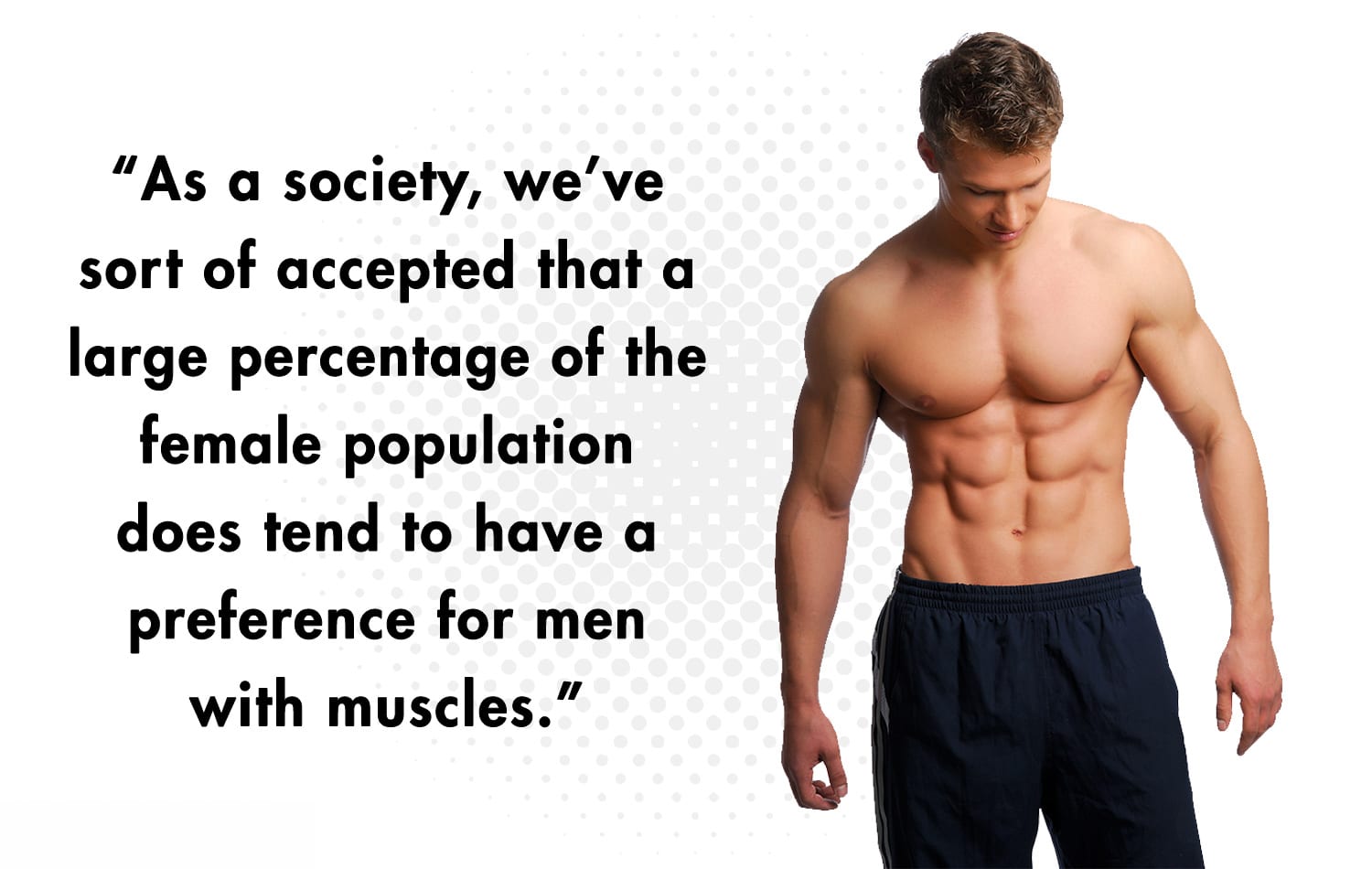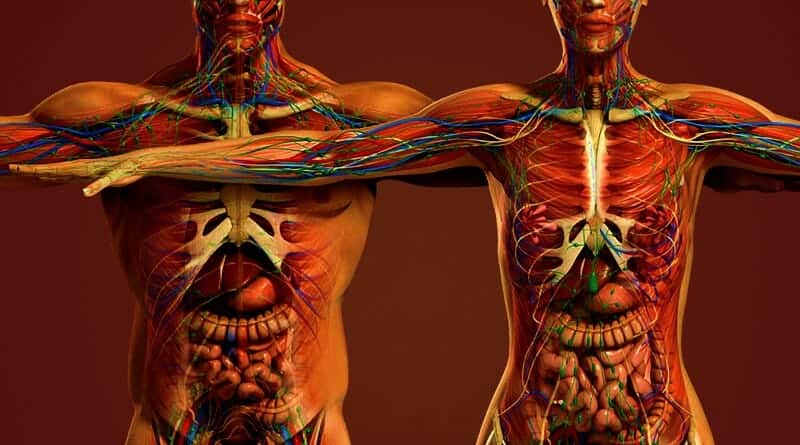
Fitness magazines tell us, implicitly or explicitly, that visible muscularity diminishes a woman’s (hetero)sexual appeal, and that the ultimate goal of bodybuilding for women is to achieve heterosexual desirability (femininity and heterosexuality are perceived as inextricable, and our social constructions of the two often go hand-in-hand). The photos of fitness models or bodybuilders in these magazines are often Photoshopped to conceal the amount or visibility of their muscles.

Fitness magazines are filled with pictures of female athletes and fitness models who display “just the right amount” of muscularity, to remind us that muscle on women can be an enhancement to some extent, as long as it doesn’t become too visible or defiant (of gender norms). Our culture often discourages women from developing “too much” muscle and becoming “too” strong. Muscularity is typically viewed as a masculine trait. Bodybuilding allows women to push against and break free from these societal boundaries, providing a space for empowerment.

A female bodybuilder – someone who has, through years of strength training, gained a considerable amount of visible muscularity – challenges these stereotypes of femininity, forcing us to critically examine and reconsider our taken-for-granted knowledge of the female physique and its capabilities. For women, bodybuilding can be empowering because a muscular female body defies our traditional understanding of a feminine body as a one that is small, weak, fragile, and limited.

Heavy weightlifting increases muscular strength and size, and enhances one’s physical capacity. For many women, bodybuilding (i.e., sculpting one’s body through rigorous diet and training to develop muscle size) is an empowering activity.


 0 kommentar(er)
0 kommentar(er)
